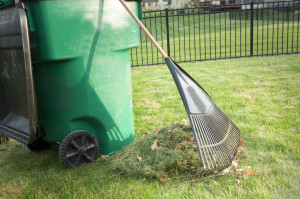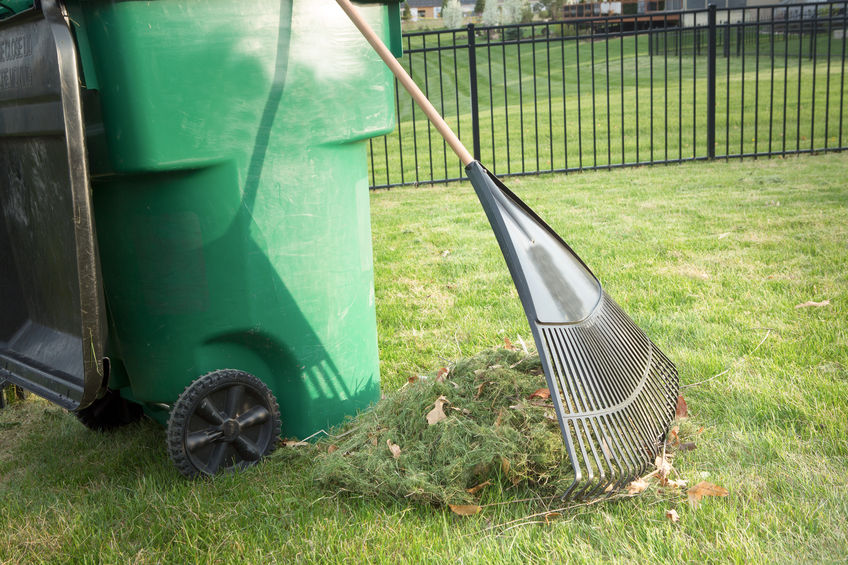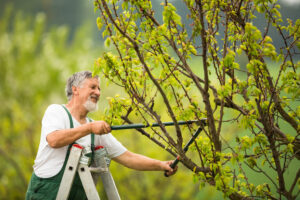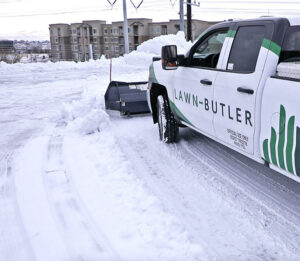 Most modern lawnmowers have a bag on the back that collects clippings. Many people empty the bag into the trash as soon as its full, but this isn’t necessarily the best option.
Most modern lawnmowers have a bag on the back that collects clippings. Many people empty the bag into the trash as soon as its full, but this isn’t necessarily the best option.
Sure, trashing lawn clippings prevents them from getting in your shoes or causing grass stains, but in the grand scheme of lawn and landscaping, it’s a waste. Grass clippings contain valuable vitamins and nutrients that can help other plants thrive. With a little bit of know-how, you can use this to your advantage. Let’s take a closer look at four alternatives.
1.) Leave the clippings on your lawn. Instead of collecting clippings while mowing, remove the bag entirely. Grass clippings contain beneficial nutrients such as nitrogen and potassium. If you leave them on your lawn, they quickly break down, providing the living grass with fuel. It’s Mother Nature’s way of fertilizing, and it’s incredibly effective.
2.) Mix clippings with compost. Do you compost fruits, vegetables and eggshells? If so, add your grass clippings to the pile. In the spring and summer when the weather is warm, these organic materials break down, feeding microbes and insects. You can convert the compost into a homemade fertilizer that’s perfect for spreading on your garden.
3.) Stuff a scarecrow. Fall is here. If you don’t have hay or other materials to stuff a scarecrow, use your excess grass clippings. All you need is a pair of long pants, a long-sleeve shirt and a white pillowcase. Fill the shirt, pants and pillowcase with grass clippings. Put the shirt on top of the pants and tie off the pillowcase. Then, draw (or paint) a face on the pillowcase. Once you’re finished, put the pillowcase on top of the shirt. This is a fun craft project. You can get the kids involved, too!
4.) Feed your flowers. Grass clippings support your lawn and garden, so why not put them on your flower beds too? To achieve the best results, sprinkle a thick layer of grass clippings (about 2 to 3 inches thick) around the base of each flower. Over time, the clippings will decompose and break down into nutrients. Worms and other bugs eat the clippings and convert them into quality fertilizer.
How do you use grass clippings? We’d love to hear your thoughts. Visit our Facebook page today and leave a comment.
















